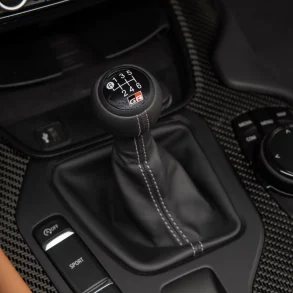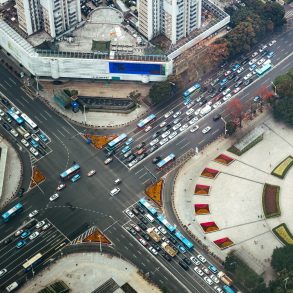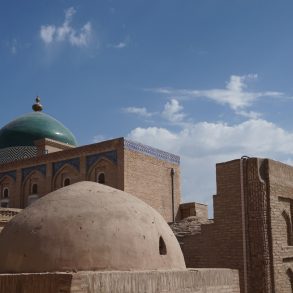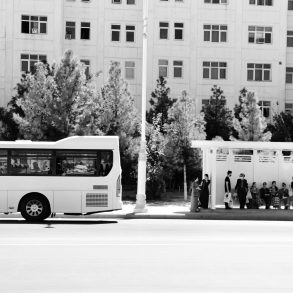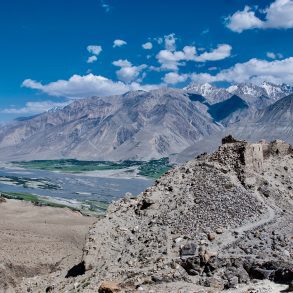Sales of New Cars In Armenia – Data, Trends, Charts & Analysis
Armenia is located in Western Asia on the Armenian Highlands, it is bordered by Turkey to the west, Georgia to the north. The economy still relies heavily on investment and support from Armenians abroad.
In recent years there has been solid growth in the development of a modern industrial sector, supplying machine tools, textiles, and other manufactured goods to sister republics in exchange for raw materials and energy. The country has seen steady economic progress.
Here you will find annual car sales figures for Armenia. These statistics are Total Market Volumes, which include passenger cars as well as light commercial vehicles (LCVs).
The figures below come from unconfirmed sources and can vary slightly from other data you may find elsewhere. Despite our best efforts to find the most reliable data, we can’t guarantee 100% accuracy, unless a specific source is mentioned below the table. Still, we’re confident the provided data is sufficiently indicative of the size and trend of the market to be published as such. If you have access to a confirmed source of Armenian car sales figures, including a split between Passenger Cars and LCVs, or data going back before 2005, please get in touch with us.
Armenia Automotive Sales Data & Recent Highlights
The passenger car market in Armenia is small and underdeveloped. In 2022, there were only 4,687 passenger cars sold in the country, a decline of 17.4% from 2021. The COVID-19 pandemic, the economic crisis, and the global chip shortage have all had a negative impact on the Armenian car market in recent years. The most popular car brands in Armenia are Toyota, Nissan, Honda, and Mitsubishi. The Toyota Corolla was the best-selling car in the country in 2022.
The average price of a passenger car in Armenia is around $15,000. However, there are a number of cheaper options available, starting at around $10,000. The majority of passenger cars in Armenia are imported, as there is no local car manufacturing industry.
Here are some of the factors that are expected to affect the Armenian car market in the future:
- The economic recovery from the COVID-19 pandemic.
- The growth of the middle class in Armenia.
- The increasing availability of credit for car purchases.
- The government’s plans to improve the country’s road infrastructure.
Overall, the Armenian car market is expected to grow in the coming years. However, the market is likely to face some challenges, such as the high cost of imported cars and the lack of a local car manufacturing industry.
Interesting Armenia New Car Sales Stats
- Best Sales Year Volume: 12,000 units sold
- Worst Sales Year Volume: 805 units sold
- Average Sales Per Year: 4,475.8 units sold
- Total Sales Units (since 2005): 80,565 units sold
Armenia New Motor Vehicle Sales Table
Armenia New Motor Vehicle Sales Chart
Sources: Manufacturers, ANDC, JATO Dynamics.


